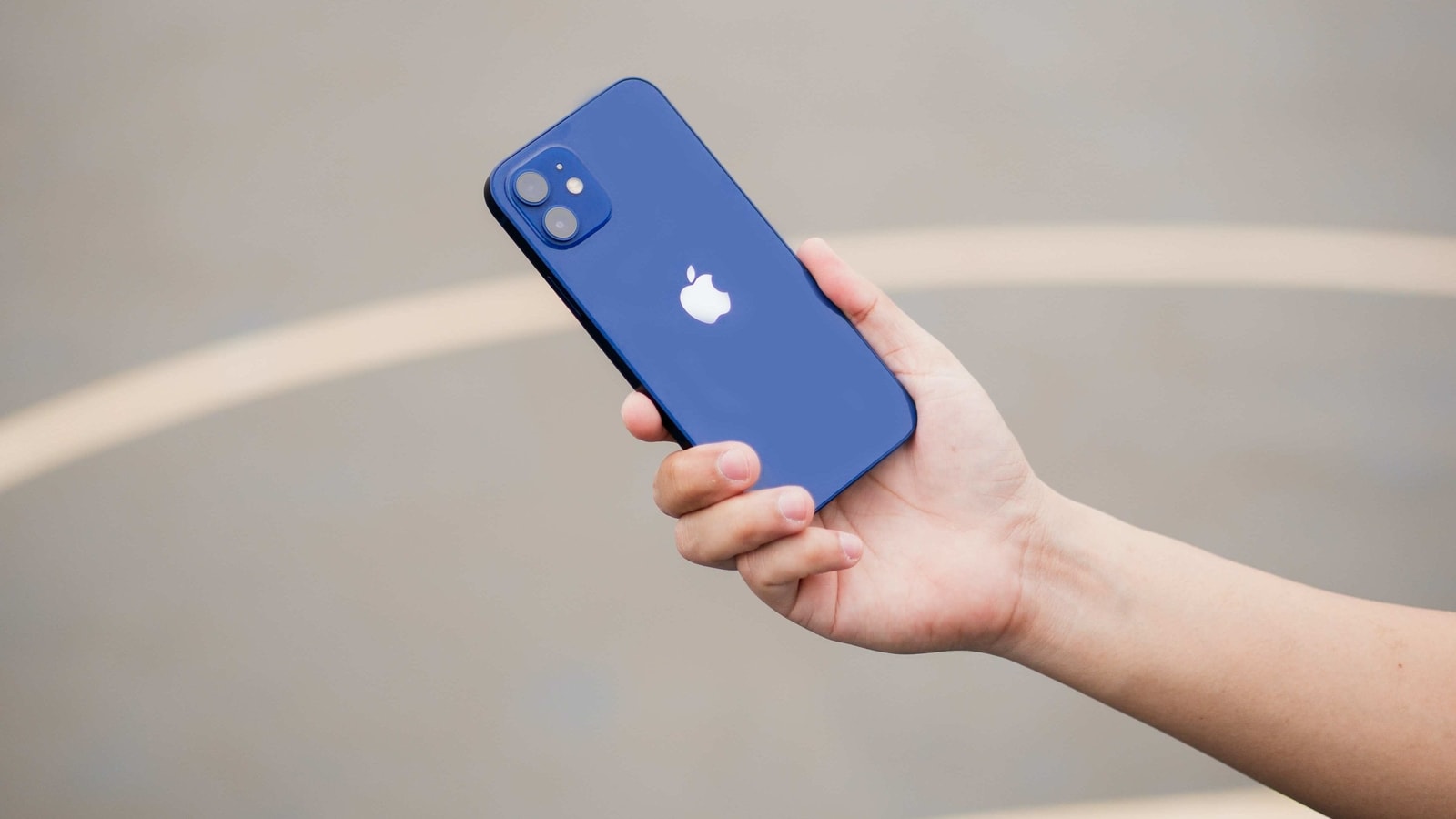5 major Apple iPhone trends ‘copied’ by Android makers in last 10 years
While some were seen in an iPhone for the first time, others became mainstream once they showed up in iPhones.

There is often a polarising set of audience when it comes to iPhones and Android phone users. Both have something or the other to boast about their favourite devices. And truth be told, there's no winner as Android OEMs and Apple, both excel in something or the other. But there have been certain hardware features that most companies have tried to ‘copy' from iPhones over the years. While some were seen in an iPhone for the first time, others became mainstream once they showed up in iPhones. So, we created a short list mentioning some of them.
Fingerprint sensor - TouchID
This is one of the major features that just changed how we make payments or unlock the smartphone. This can be called as one of the biggest tech in handsets in the past decade as we have it in majority of the phones even now. However, this tech caught up in the media and public ever since the arrival of iPhone 5S. It had the same design as the iPhone 5 but included a TouchID sensor on the home button. Other popular phones launched in 2013 alongside iPhone 5S were Nexus 5, LG G2, Moto X (first-gen) and HTC One.


mobile to buy?
Also read: Govt agencies can still break into Apple iPhones regardless the security updates
Face Unlock/authentication - FaceID
While the fingerprint scanner is there in many phones, some handsets in 2017 started showing up with face unlock as well. This is another piece of tech that is present in all premium handsets. While the Galaxy S8 and few others had it back in 2017, things got serious when iPhone X entered the market with it. The FaceID tech wasn't a mere camera that matched your face every time and unlocked the handset, it had (still has) flood illuminators, IR blaster and camera to get the most precise capturing. The highlight here was its ability to unlock an iPhone even in low light, something many others couldn't do unless flashing light on the screen to reveal the face.
Notch display
Talking about the same year, besides introducing FaceID, iPhone also popularised the concept of a ‘notch'. A notch was the small bezel at the top that included everything from flood illuminators, IR blaster and camera to speaker grille, proximity sensors and more. Other popular phones from 2017 like Galaxy S8, Pixel 2, LG V30+, all were focussing on shrinking the entire top bezel. Some even went ahead and launched phones with two notches, one at the top and one at the bottom.
Also read: Android updates ‘Fast Pairing' interface for Bluetooth devices, makes it look like that in iPhones
Removing 3.5mm headphone jack
Yep. Apple took the ‘courage' back in 2016 with iPhone 7 and removed the 3.5mm headphone jack, something which none of the Android OEMs even imagined at that point. It was only a year after iPhone 7 that Android handsets without 3.5 jack started coming in. This was Apple's first major move towards a wireless future. Quite recently it made another move in the same direction with MagSafe charger.
Removing charger from retail box
This is one of the most major changes brought by Apple in the smartphone market – removing the charger from the iPhone retail box. And we are not just talking about iPhone 12 but all the older iPhones as well that are still on the shelves. While this was a major move to reduce carbon footprint, we have already started seeing reports of two popular Android phone makers following the idea. Samsung and Xiaomi, both of which poked fun at Apple for removing the bundled charger, are not said to remove the same from Mi 11 and Galaxy S21 retail boxes.
Catch all the Latest Tech News, Mobile News, Laptop News, Gaming news, Wearables News , How To News, also keep up with us on Whatsapp channel,Twitter, Facebook, Google News, and Instagram. For our latest videos, subscribe to our YouTube channel.






















